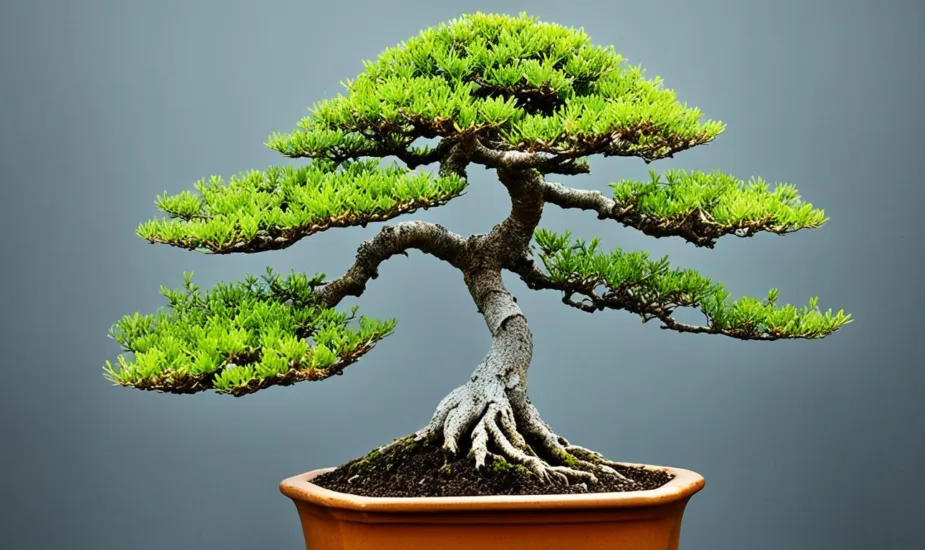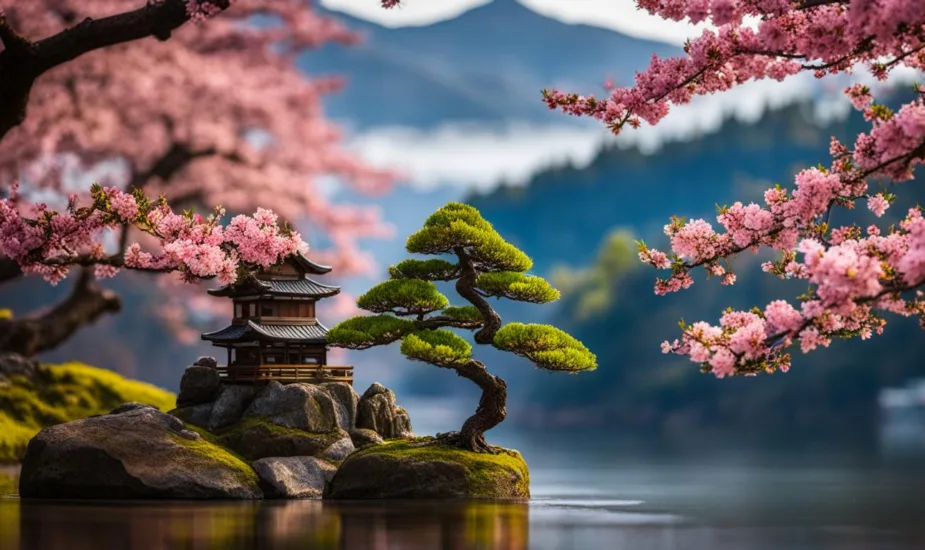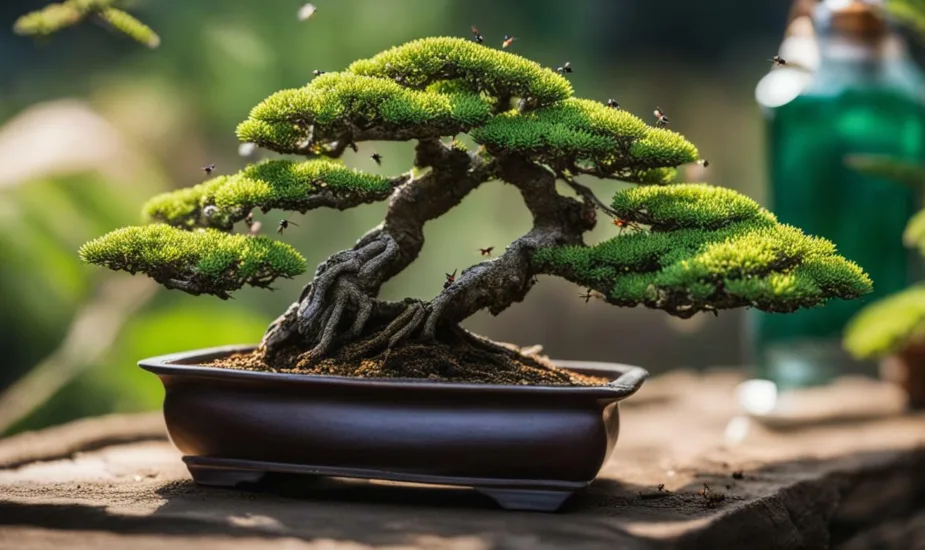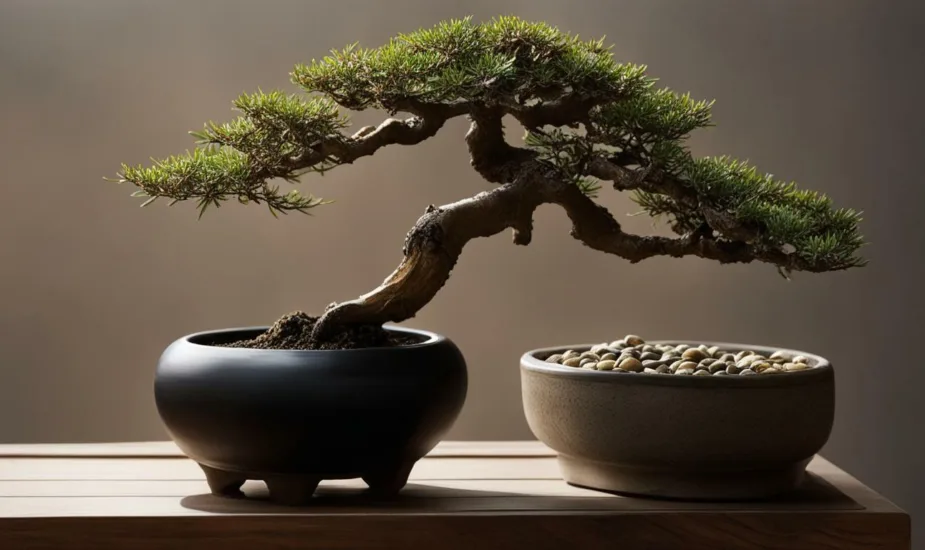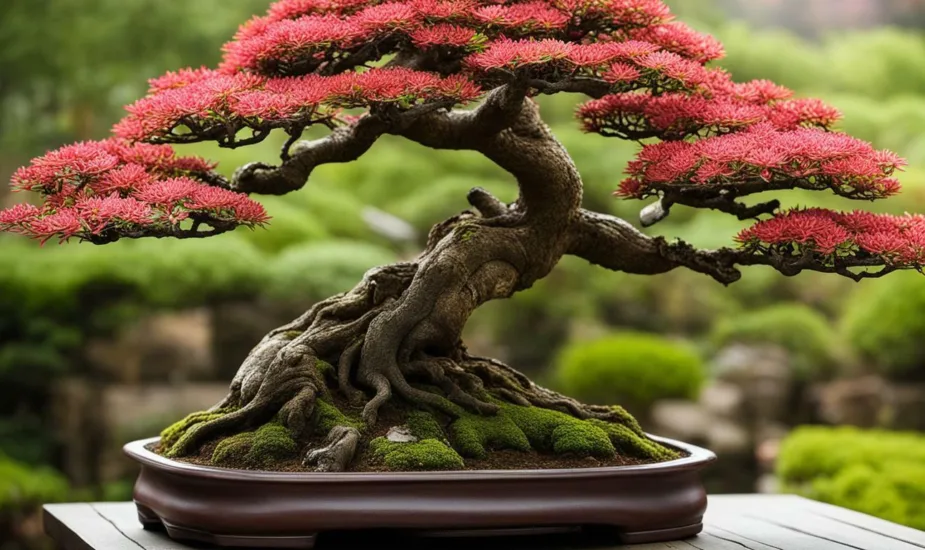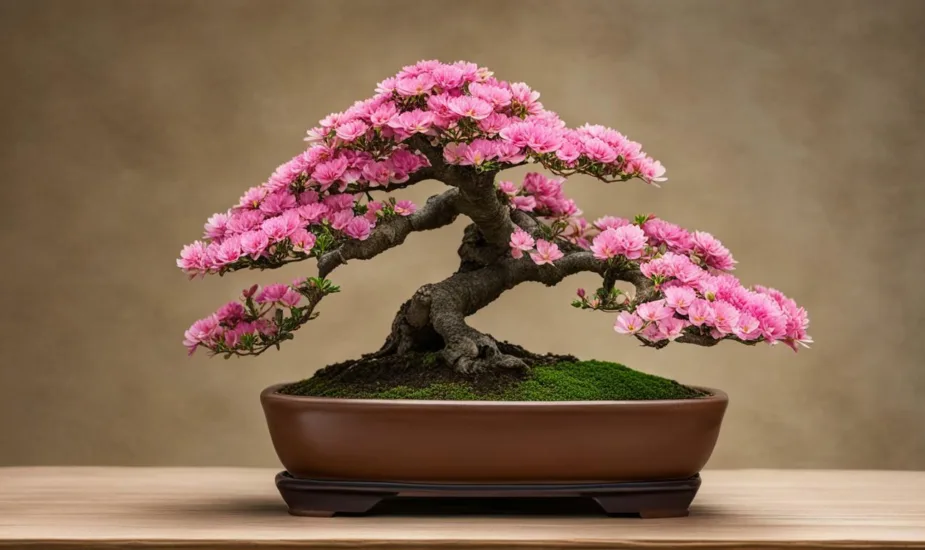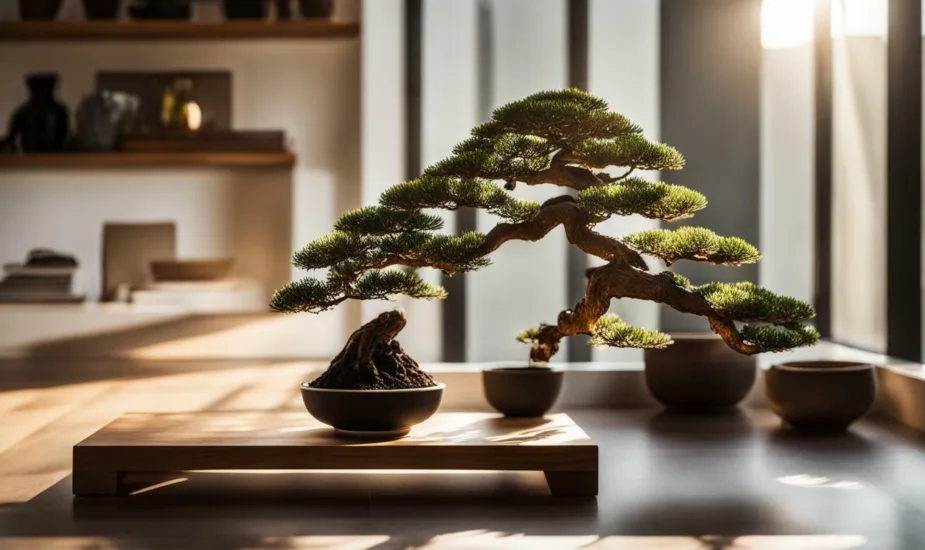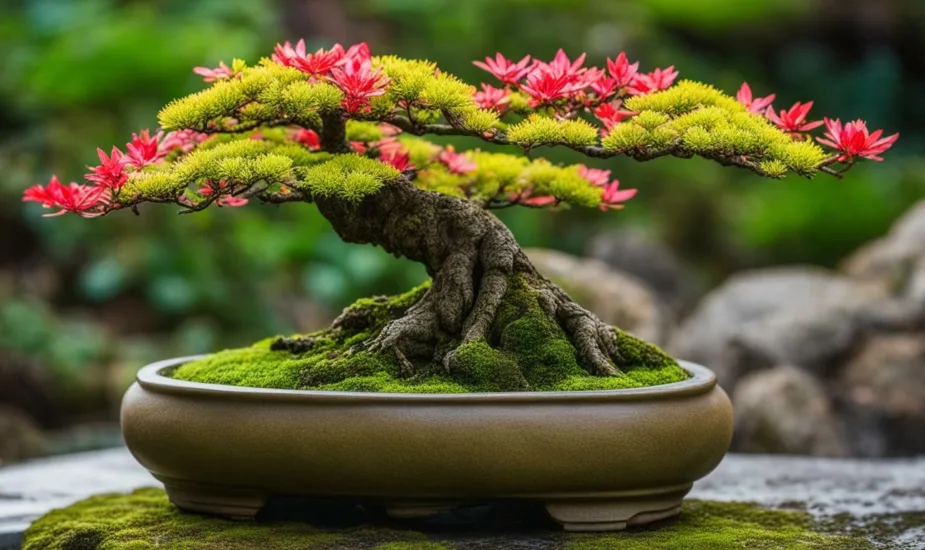Revive Your Plant: How to Fix Overwatered Bonsai Tree
An overwatered bonsai tree can be revived with the right care and attention. Overwatering can lead to various issues such as root rot, yellow leaves, shriveled branches, and even mold infection.
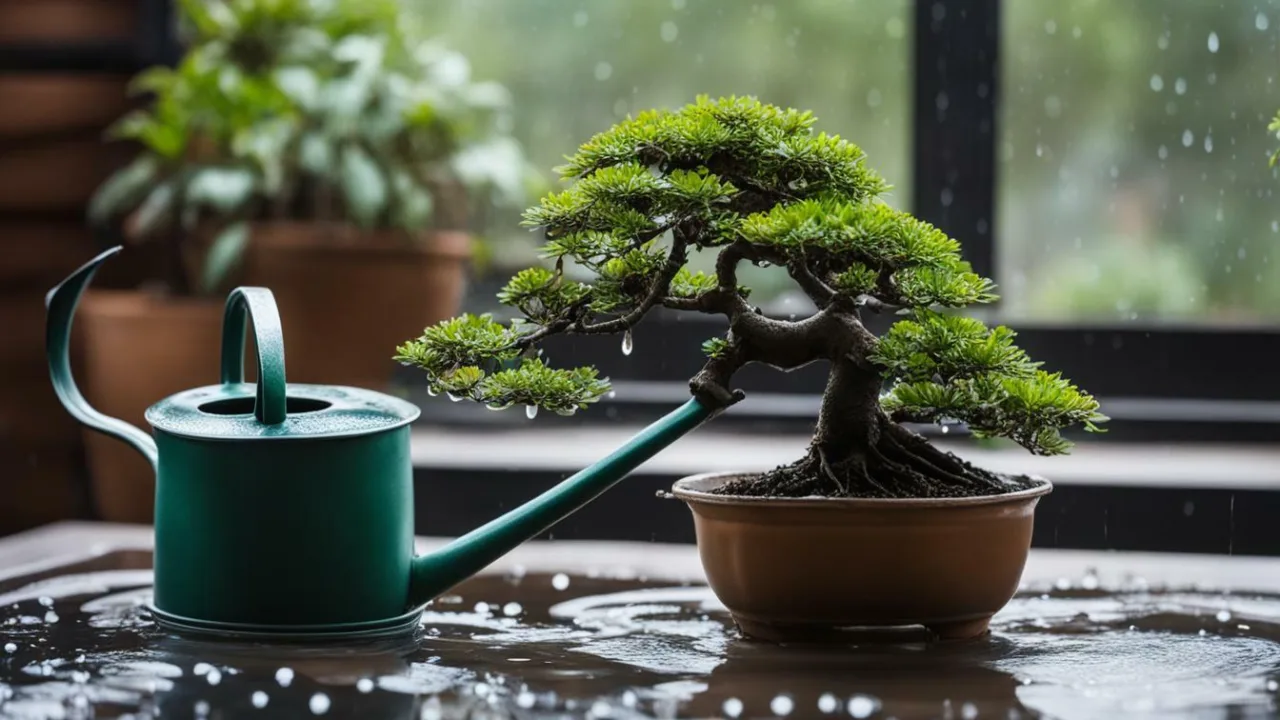
To fix an overwatered bonsai tree, it is essential to understand the specific care requirements of your tree species and make necessary adjustments to watering and soil.
Common mistakes in bonsai care include forgetting to water, placing an outdoor tree indoors, overwatering, insufficient light, and impatience. It’s important to follow proper care guidelines and be patient as the recovery process may take time.
If you have already taken proper care of your bonsai tree but it still appears unhealthy, it’s essential to check for pests and diseases that may be affecting its health. By identifying and addressing these issues, you can improve the overall condition of your bonsai tree.
With the right care and attention, your overwatered bonsai tree can be revived and thrive. In the following sections, I will provide a step-by-step guide on how to fix an overwatered bonsai tree, discuss the signs of overwatering, offer tips on preventing overwatering, and provide general care tips for maintaining the health of your bonsai tree.
Troubleshooting Overwatered Bonsai Tree: Steps to Recovery
To fix an overwatered bonsai tree, it is important to understand the signs of overwatering and follow specific steps for recovery. Overwatering can lead to root rot, yellow leaves, shriveled branches, and even mold infection. To bring your bonsai tree back to health, you need to take action promptly and adjust your care routine.
The first step in troubleshooting an overwatered bonsai tree is to assess the damage. Look for signs such as wilting leaves, discolored foliage, or a foul smell coming from the soil. These are indications that the roots are not receiving enough oxygen due to excessive moisture.
To revive an overwatered bonsai tree, start by removing it from its pot and carefully inspecting the roots. Trim any damaged or rotted roots using clean and sterile pruning tools. Then, repot the tree using fresh, well-draining soil to provide a healthy growing environment. Make sure the new pot has good drainage holes to prevent future overwatering.
After repotting, adjust your watering schedule and follow bonsai tree watering tips to prevent overwatering. Water the tree only when the top inch of soil feels dry to the touch, and never let it sit in standing water. Regularly monitor your bonsai tree’s moisture levels and adjust accordingly to avoid future issues.
| Signs of Overwatering Bonsai Tree: | Steps to Revive Overwatered Bonsai Tree: |
|---|---|
| Wilting leaves | Remove the tree from the pot |
| Discolored foliage | Trim damaged roots |
| Foul smell from soil | Repot with fresh, well-draining soil |
| Excessive moisture | Adjust watering schedule and follow bonsai tree watering tips |
Preventing Overwatering Bonsai Tree
To prevent overwatering in the future, it is essential to understand the specific care requirements of your bonsai tree species. Different trees have different water needs, so research and familiarize yourself with your tree’s preferences. Consider factors such as sunlight exposure, humidity levels, and the type of soil it requires.
- Water your bonsai tree only when the soil is dry to the touch.
- Avoid watering on a strict schedule and instead monitor the tree’s moisture levels regularly.
- Ensure proper drainage by using a well-draining soil mix and a pot with adequate drainage holes.
- Provide adequate airflow to prevent excessive moisture buildup around the roots.
- Pay attention to the weather and adjust your watering routine accordingly.
By following these steps and implementing proper care techniques, you can rescue and revive your overwatered bonsai tree. Remember, patience is key when nursing your tree back to health. With the right care and attention, your bonsai tree will thrive once again.

Conclusion
Reviving an overwatered bonsai tree requires attention to detail and adherence to proper care techniques. By following the steps outlined in this guide, you can successfully fix an overwatered bonsai tree and enjoy a healthy, thriving plant.
Overwatering can lead to various problems such as root rot, yellow leaves, shriveled branches, and mold infection. To fix an overwatered bonsai tree, it is crucial to identify the specific care requirements for your tree species and adjust your watering and soil accordingly.
Common mistakes in bonsai care include forgetting to water, placing an outdoor tree indoors, overwatering, insufficient light, and lack of patience. However, if you have followed proper care but your bonsai is still unhealthy, don’t forget to check for pests and diseases.
While there is no magical cure for an overwatered bonsai tree, with proper care and attention, your plant can recover and thrive. Remember to provide the right amount of water, light, and nutrient-rich soil. Regularly monitor your bonsai tree for any signs of overwatering and adjust your care routine accordingly. By doing so, you can ensure the long-term health and beauty of your bonsai tree.
 Little Garden Tips
Little Garden Tips




